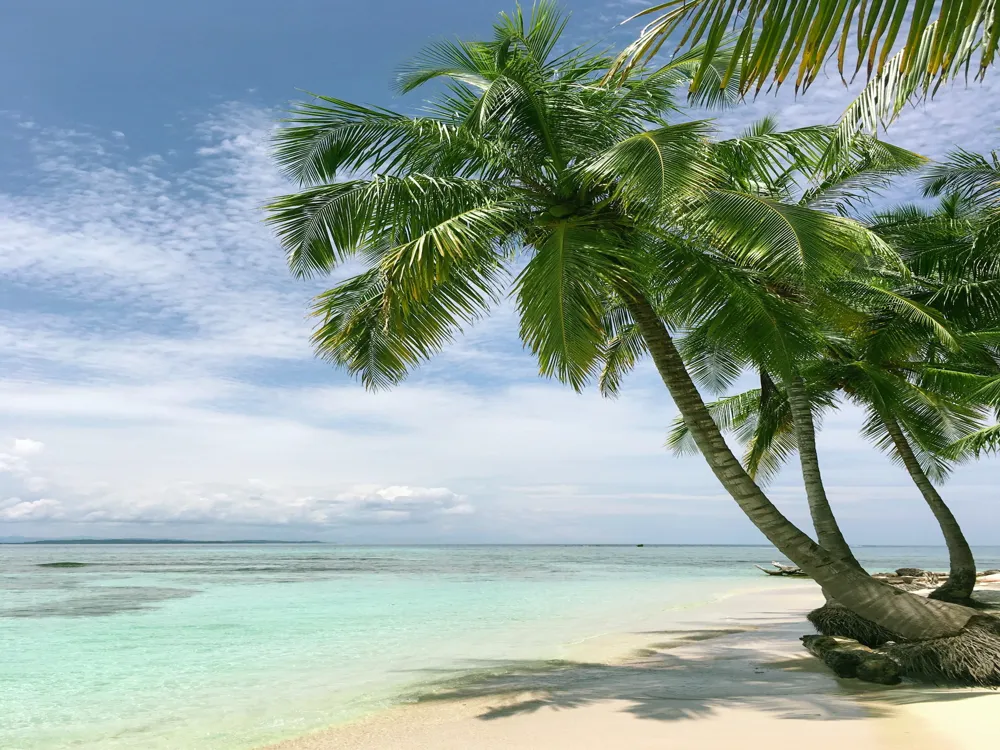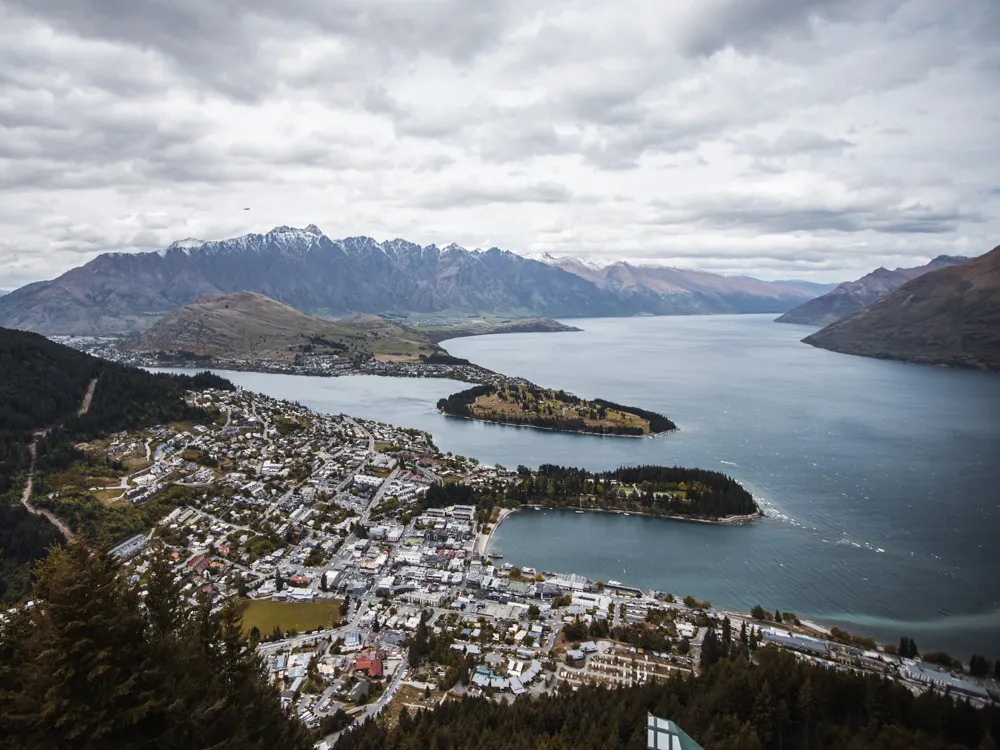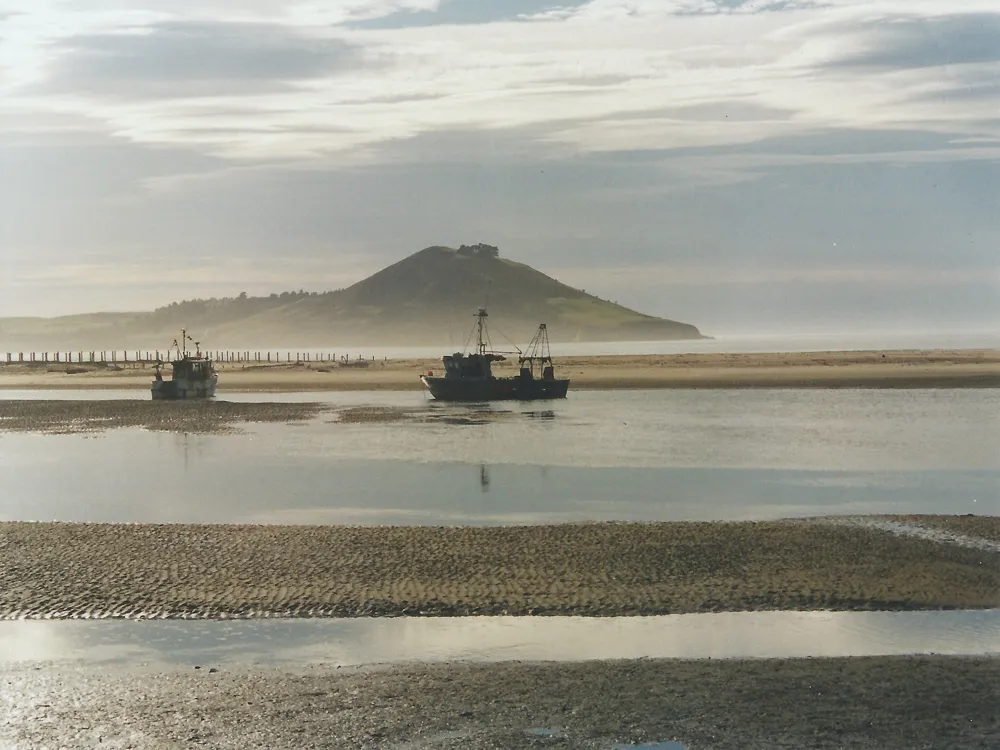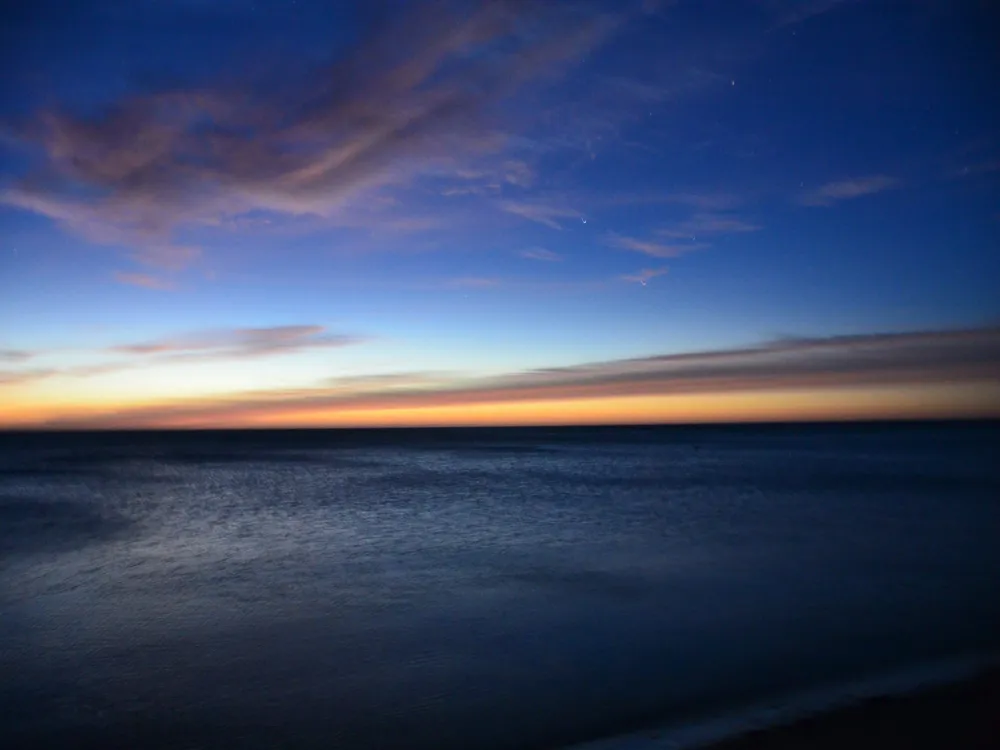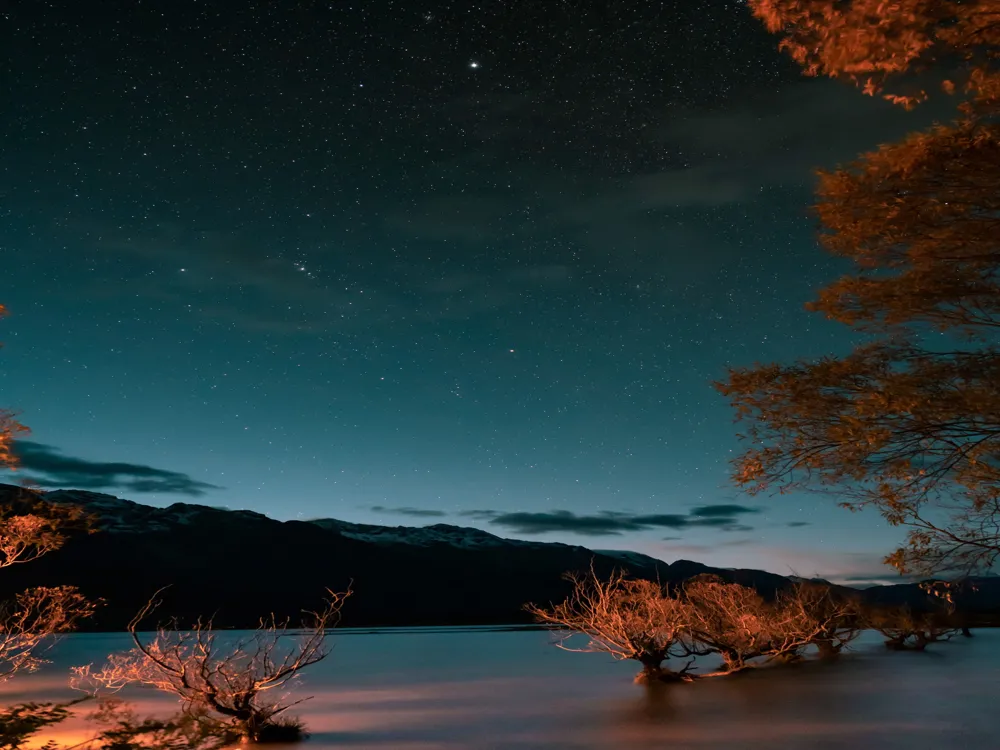Oreti Beach, a stunning coastal gem located in Invercargill, New Zealand, is a place where natural beauty meets serene tranquility. Stretching over 26 kilometers, this beach is not only a popular destination for locals and tourists alike but also a significant part of Southland’s natural heritage. The beach is renowned for its vast, open spaces and unspoiled sandy shores, offering a unique blend of relaxation and adventure. As we delve into the wonders of Oreti Beach, we’ll explore its natural features, historical significance, and the unique experiences it offers. The journey through Oreti Beach's history is a fascinating tale of both Maori and European influences. The beach was traditionally known to the Maori as “Oreti,” which translates to 'place of danger,' a nod to its unpredictable weather and sea conditions. The beach has been a witness to many historical events, including the legendary ride of Burt Munro, who set a land speed record on this very shore. The beach's landscape is a beautiful canvas of natural elements, from the rolling dunes that border the beach to the rare wildlife that calls this place home. The area is a haven for birdwatchers, with species such as the dotterel and oystercatcher frequently spotted. Oreti Beach's ecosystem is a marvel in itself, encompassing a variety of habitats. The beach is bordered by dunes that are constantly reshaped by the wind, creating a dynamic landscape. These dunes play a crucial role in protecting the inland areas from the sea and serve as a habitat for unique flora and fauna. The beach is also part of a larger network of coastal environments, connecting with the estuary of the Oreti River, which is rich in both marine and bird life. The intertidal zone of Oreti Beach is a treasure trove for those interested in marine biology, with a variety of shells, seaweeds, and small creatures found in its sands. The architecture of Oreti Beach is not defined by buildings or structures but by its natural formations and the way they interact with the environment. The most prominent architectural features of Oreti Beach are its dunes. These dunes are formed over thousands of years, shaped by the relentless winds and tides. They are not just piles of sand; they are complex ecosystems that support a variety of plant and animal life. The marram grass that covers these dunes is not only beautiful but plays a vital role in stabilizing the sand and preventing erosion. Another significant architectural element of Oreti Beach is the interplay between the land and sea. The beach’s shoreline is a dynamic boundary where the power of the ocean meets the resilience of the land. This interaction has shaped the beach over centuries, creating features such as sandbars, tidal pools, and shifting channels. The patterns left by the receding tides on the sand create natural artworks that are ever-changing and unique to each day. The human influence on the architecture of Oreti Beach is minimal but meaningful. Efforts have been made to preserve the natural state of the beach while allowing for sustainable human interaction. This includes walkways and viewing platforms that allow visitors to enjoy the beauty of the beach without disturbing its delicate ecosystems. These structures are designed to blend in with the natural environment, using materials and colors that complement the landscape. The weather at Oreti Beach can be unpredictable, so it's wise to check the forecast before planning your visit. Be prepared for quick weather changes and pack accordingly. Sunscreen, hats, and sunglasses are essential for sunny days, while a windbreaker or raincoat can be a lifesaver during unexpected showers. While the beach invites swimmers and surfers, it's important to be aware of the strong currents and occasional rips. Always swim in designated areas and consider the advice of local lifeguards. If you're not a strong swimmer, it's best to stay in shallow waters. Oreti Beach is home to various bird species and marine life. Visitors are encouraged to observe wildlife from a distance and avoid disturbing their natural habitats. Remember, it's a privilege to share this space with them. Help maintain the pristine condition of Oreti Beach by following eco-friendly practices. This includes taking your rubbish with you, not lighting fires on the beach, and avoiding driving on the dunes. Every small effort helps in preserving this beautiful environment. Oreti Beach is easily accessible from Invercargill, the southernmost city of New Zealand. If you're driving, it's a short journey of about 10-15 minutes from the city center. For those relying on public transportation, local bus services offer routes that get you close to the beach, followed by a brief walk. Additionally, for international or out-of-town visitors, Invercargill Airport is the nearest airport, with car rental options available for a convenient trip to Oreti Beach. Read More:Overview of Oreti Beach in Invercargill
Architecture of Oreti Beach
Tips When Visiting Oreti Beach
Weather Considerations
Water Safety
Respecting Wildlife
Eco-Friendly Practices
How To Reach Oreti Beach
Oreti Beach
Invercargill
NaN onwards
View invercargill Packages
Weather :
Tags : Beach
Time Required : March to May
Planning a Trip? Ask Your Question
Invercargill Travel Packages
View All Packages For Invercargill
Top Hotel Collections for Invercargill

Private Pool

Luxury Hotels

5-Star Hotels

Pet Friendly
Top Hotels Near Invercargill
Other Top Ranking Places In Invercargill
View All Places To Visit In invercargill
View invercargill Packages
Weather :
Tags : Beach
Time Required : March to May
Planning a Trip? Ask Your Question
Invercargill Travel Packages
View All Packages For Invercargill
Top Hotel Collections for Invercargill

Private Pool

Luxury Hotels

5-Star Hotels

Pet Friendly











